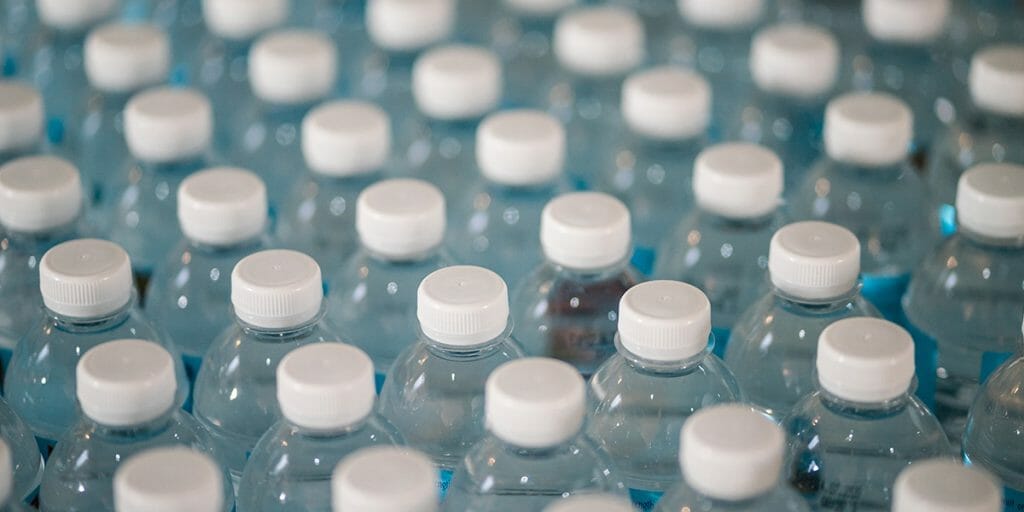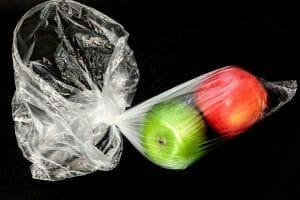 In the intellectual schism between the hardened scientific reductionists and those prepared to explore beyond their current margin of confidence and institutional remit, there is an emerging pattern in the comprehension of the role of chemical pollutants. Included in this is the almost heretical concept that modifying primary enzyme pathways through the ingestion of food concentrates might aid in protection and or recovery!
In the intellectual schism between the hardened scientific reductionists and those prepared to explore beyond their current margin of confidence and institutional remit, there is an emerging pattern in the comprehension of the role of chemical pollutants. Included in this is the almost heretical concept that modifying primary enzyme pathways through the ingestion of food concentrates might aid in protection and or recovery!
In 2009, alarmed by discoveries in new research, the Endocrine Society set a precedent for dozens of scientific and medical organisations by being the first to take a public stance on EDCs. In 2015, they reviewed the latest science and developed a comprehensive Scientific Statement on what was known and gaps that existed in EDC research.
Among the many diseases and conditions linked to EDCs are diabetes, heart disease, PCOS, breast and prostate cancer, obesity, thyroid disruption, and both male and female reproductive impairment.
Unfortunately, EDCs are now ubiquitous in industrialised countries, including (among many other compounds) polychlorinated biphenyls (PCBs), polybrominated biphenyls (PBBs), dioxins, bisphenol A (BPA), phthalates, pesticides, fungicides, and pharmaceutical agents. These new-to-nature molecules place a far heavier load on the human body’s detoxification systems than they have been evolved to handle.
Endocrine disruptors interfere with natural hormone systems, and the health effects can be felt long after the exposure has stopped. Exposure to endocrine disruptors can have life-long effects and can even have consequences for the next generation.
 The two areas of health of functional disorders that conventional medicine tends to regard detoxification/biotransformation as a pertinent approach includes alcohol and drug rehab and the use and excretion of pharmaceuticals. However, a simple review of the evidence implicating EDCs as a major driver in the chronic disease epidemic tells us that this limited view is failing to catch many people with diffuse and complex health problems.
The two areas of health of functional disorders that conventional medicine tends to regard detoxification/biotransformation as a pertinent approach includes alcohol and drug rehab and the use and excretion of pharmaceuticals. However, a simple review of the evidence implicating EDCs as a major driver in the chronic disease epidemic tells us that this limited view is failing to catch many people with diffuse and complex health problems.
The question that needs to be asked; Why do we pay so little attention to helping the natural phase I and phase II detoxification processes cope with the body burden of EDCs we all carry today? There is no doubt that many clinicians and practitioners have limited or no training in this field of health management and many are intellectually compromised by absence of adequate data and meaningful discussion. This void then permits negative, as well as overly confident positive comments to dominate the mainstream press, rather than a grounded clinically driven discussion in which the main beneficiaries are patients.
Functional Medicine training, from the Institute for Functional Medicine has long regarded this as an area in need of continuous update and development, so that contemporaneous data is mixed with practical strategies and future plans. This constant revisiting of the literature as well as the day to day clinical needs and expectations of clients and patients ensures an evolving framework that meets and exceed patients’ expectations. Detoxification and biotransformation are legitimate aims in human physiology, and whilst we are uniquely capable of meeting most toxic insults, there are significant variations in the genes that manage these enzymes, many of which are co-dependent on micro and macro nutrients.
The 1962 book Silent Spring, Rachel Carson’s seminal examination of the effects of pesticides and chemical sprays, set the stage for the modern environmental movement. Yet the groundwork for concerns about EDCs was laid four years earlier. In 1958, endocrinologist Roy Hertz proposed that certain chemicals found in feedlots could find their way into the human body and mimic hormone activity.
Now, rather remarkably in 2019, EDCs are still unknown to many and certainly few people understand how to assist the elimination and reduce allied exposure.
Utilising researched nutrient combinations to facilitate the activation and optimisation of related endocrine excreting enzymes, whilst facilitating an effective elimination programme are two key components of any effective strategy in recovering from exposures to EDCs and other environmental and endogenous compounds that create biological disruption.

1 Comment. Leave new
Really great to read this short article. I am now using a gentle detox protocol and cellular hydration as a fundamental step in many client cases with good results. Going slow can be key for clients with multiple illnesses or strong symptoms and so managing expectations can be key.